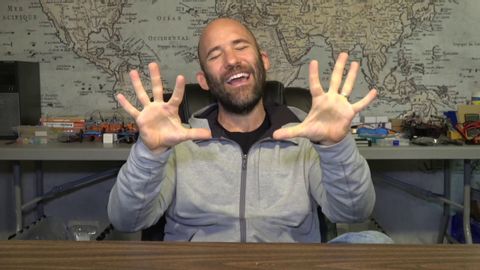雲計算 - 數據庫介紹 (Cloud Computing - Database Introduction)
 沒有此條件下的單字
沒有此條件下的單字- n. (c./u.)通道;接近或使用的機會;訪問
- v.t.訪問
- v.t./i.存取(資料);訪問
US /ˈmʌltəpəl/
・
UK /ˈmʌltɪpl/
- adj.多重的;多種的;多發性的;多重的
- n. (c.)多;多個的;乘數
- pron.多重的
US /ˈbesɪkəli,-kli/
・
UK /ˈbeɪsɪkli/
US /ˈriəˌlaɪz/
・
UK /'ri:əlaɪz/

